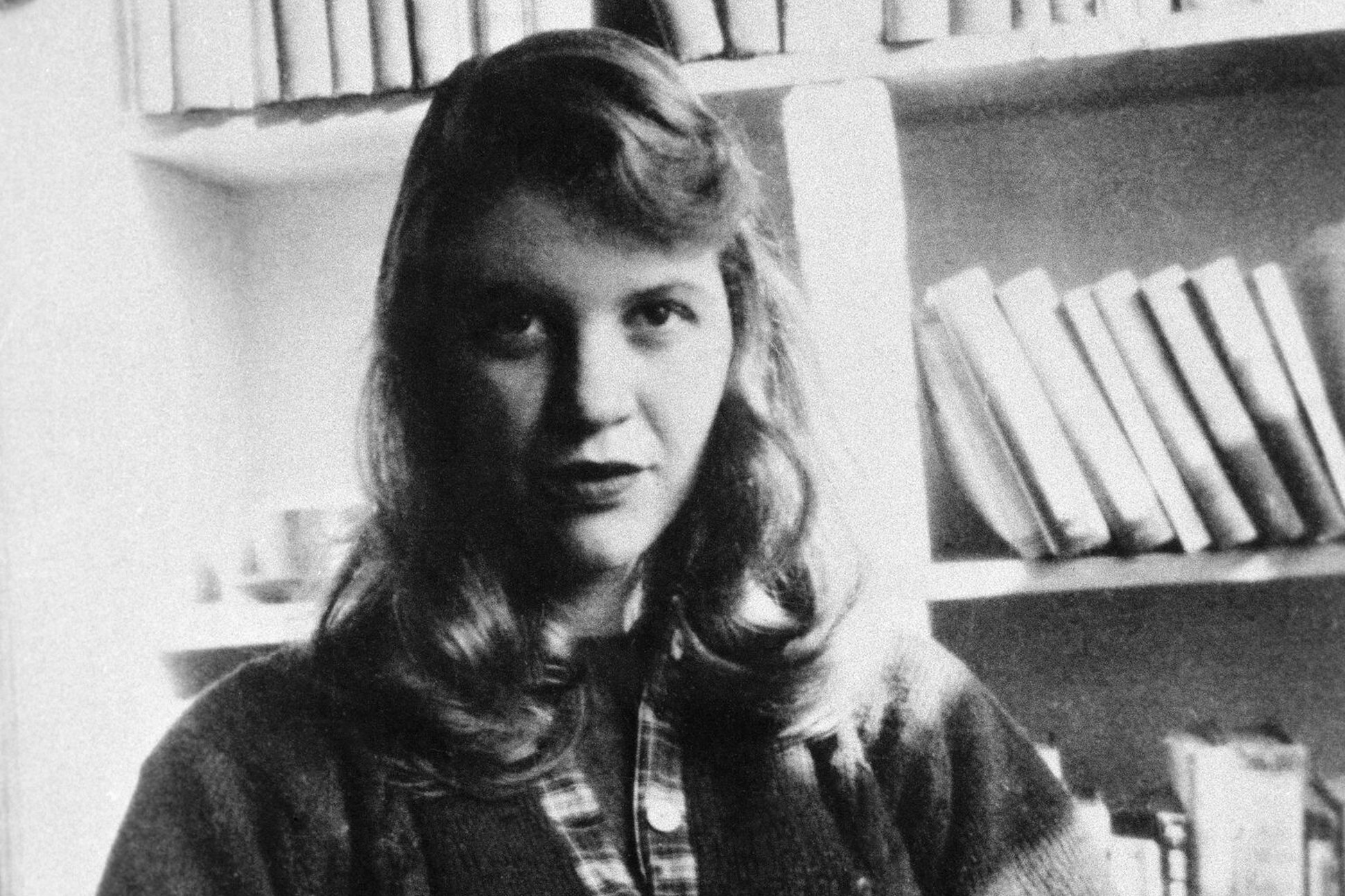THE BELL JAR
Explore highlights from our in-depth discussion of Sylvia Plath’s The Bell Jar, including key themes, member insights, and why this novel remains essential reading today.
Sylvia Plath
This is the kind of depth, perspective, and connection we bring to every book we read. The Bell Jar isn’t just a novel—it’s a mirror to our struggles, our choices, and our humanity. Our community helps you unlock these layers, bringing literature to life in ways that resonate far beyond the page. If you’ve ever longed for thoughtful conversations about the books that move you, you’re in the right place.
The Bell Jar: Why It Still Resonates
In our discussion of The Bell Jar, we found ourselves captivated by the novel’s strange, haunting ability to feel both deeply personal and eerily universal. Sylvia Plath's story of Esther Greenwood—an ambitious, whip-smart young woman navigating the rigid, suffocating expectations of mid-20th century womanhood—felt as immediate as if it were happening today. And isn’t that the paradox of this book? It holds a mirror to its era while simultaneously offering a timeless portrait of mental health, autonomy, and the quiet violence of societal conformity.
We began by unpacking The Bell Jar’s plot: a young woman who, on paper, has everything—academic accolades, a coveted internship in New York City, beauty, wit, potential—only to find herself unraveling. Esther's descent into depression, and the subsequent psychiatric interventions she endures, challenge the veneer of postwar American optimism. It is a novel about what happens when life’s promises fall flat, when the paths laid out for you—marriage, motherhood, or career—seem more like traps than opportunities. Plath captures this despair with language so precise, so vivid, that it feels as though she has drawn from the well of our own private fears.
The Heart of Our Discussion
The conversation opened with the bell jar itself, a central metaphor that loomed over every moment of our reading. Esther describes it as the glass dome through which she can see the world but not breathe within it—a vessel that distorts her view, trapping her in a world where thoughts become louder and heavier with every passing second. For many of us, this image resonated deeply. We reflected on how modern life often creates its own versions of the bell jar: the curated perfection of social media, the weight of cultural and familial expectations, or the quiet, constant hum of self-doubt. Is the bell jar unique to Esther’s 1950s milieu, or has it simply changed shape?
We then turned to Plath’s prose. Her language, we agreed, is as sharp as a scalpel, carving into moments with startling clarity. A particularly evocative passage—Esther’s meditation on the fig tree—became a focal point. In it, she imagines her life as a tree with many branches, each representing a future: a brilliant career, a happy family, a life of travel, or creative fulfillment. And yet, paralyzed by indecision, she sees the figs wither and drop to the ground, leaving her empty-handed. This passage sparked a discussion on the pressures women face in choosing between competing identities, a struggle that feels as poignant today as it did in Esther’s time. We debated whether modern feminism has provided more figs to choose from—or simply made the tree more overwhelming to climb.
CRITICAL COMMENTARY
But our conversation wasn’t limited to sympathy for Esther. We also wrestled with the question of whether she is likable—or whether that even matters. Esther can be cruel, self-centered, and difficult, but isn’t that the point? Plath does not ask us to love Esther; she asks us to witness her. In doing so, we confront the parts of ourselves we’d rather not acknowledge: the moments when we’ve been selfish, afraid, or consumed by envy. One member posed a provocative question: Does Esther’s struggle represent a kind of freedom—freedom from the expectations of always being good—or is it simply despair?
We also considered Plath herself, a figure so often conflated with her protagonist. The Bell Jar is, of course, a semi-autobiographical novel, but we discussed the danger of reducing it to a diary. Plath’s brilliance lies in her ability to universalize her pain, to create a story that belongs to us as much as it does to her. And yet, knowing her real-life tragedy—the suicide that followed shortly after this book’s publication—adds a layer of heartbreak to every line. One member suggested that The Bell Jar feels like an act of preservation, a way of capturing Plath’s voice and mind before they were lost to history.
WHY IT MATTERS
Ultimately, our discussion left us asking more questions than it answered. Can the bell jar ever truly be lifted, or does it simply shift from one place to another? Is Esther’s story one of survival or resignation? And perhaps most importantly, why does this novel continue to resonate so powerfully, six decades after its publication? For all its darkness, The Bell Jarremains a book about yearning—for freedom, for meaning, for air. It reminds us that to feel trapped is part of the human experience, but so too is the hope that one day we might breathe freely again.
This was not just a conversation about literature; it was a meditation on the fractal nature of life itself. Through Esther, we saw ourselves—our doubts, our ambitions, our moments of despair—and we walked away with a deeper understanding of what it means to live under glass. If you’ve ever felt the weight of expectation pressing against your chest, or the dizzying ache of wanting more, then perhaps this book—and this community—is for you.

